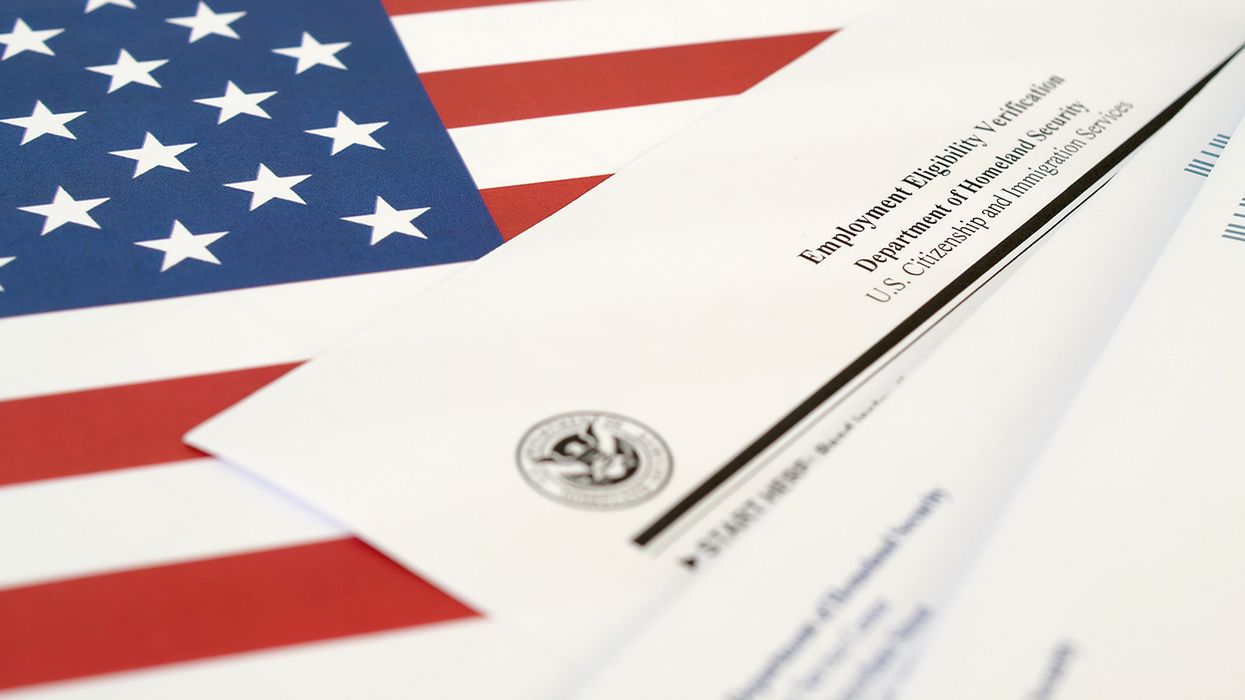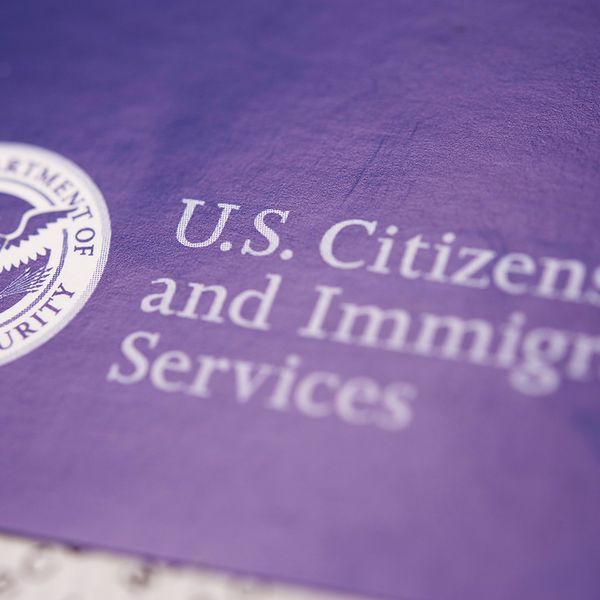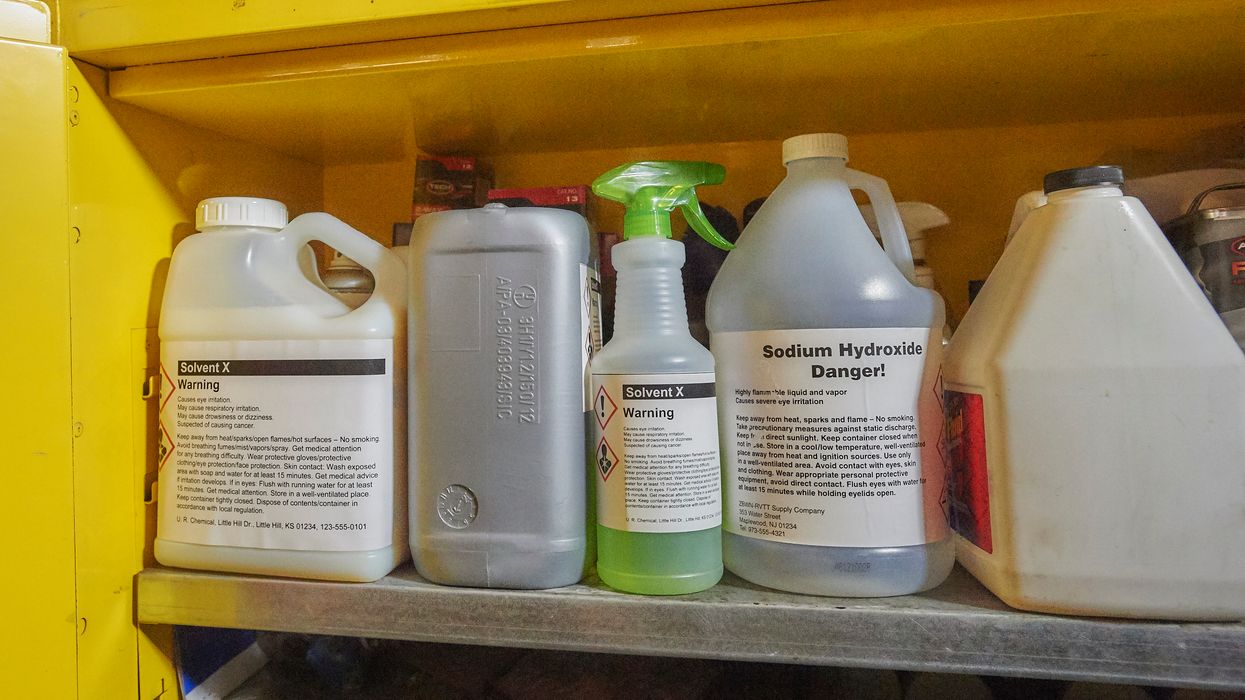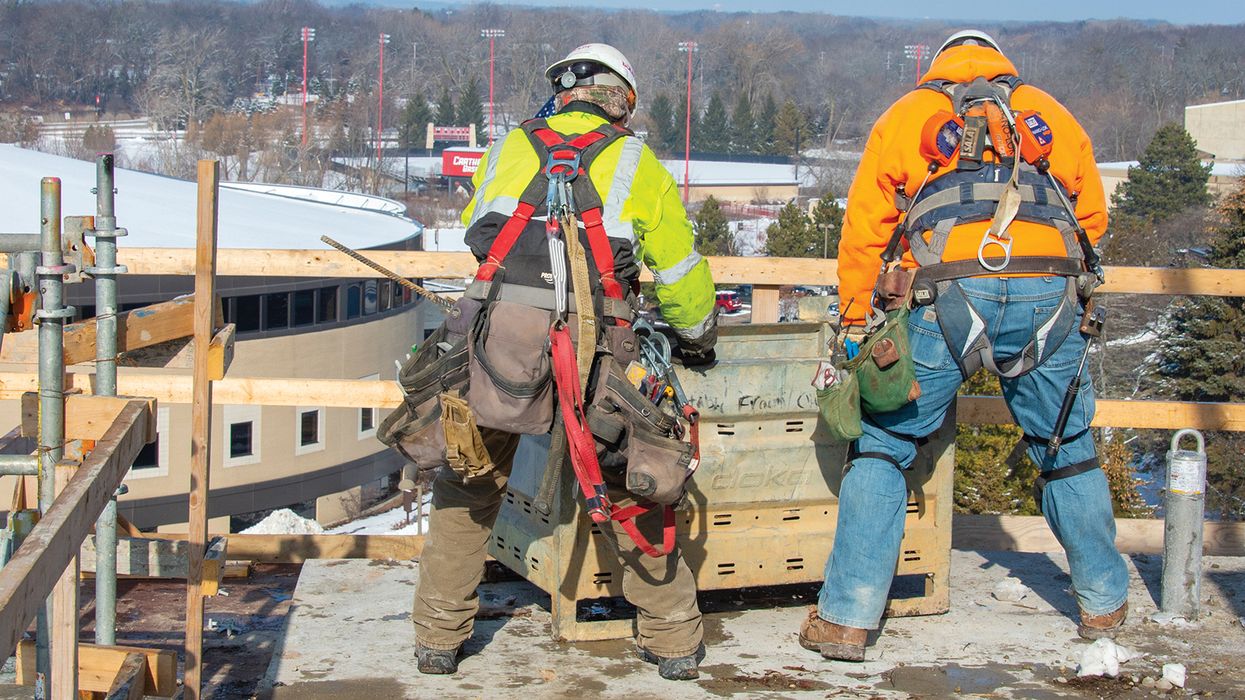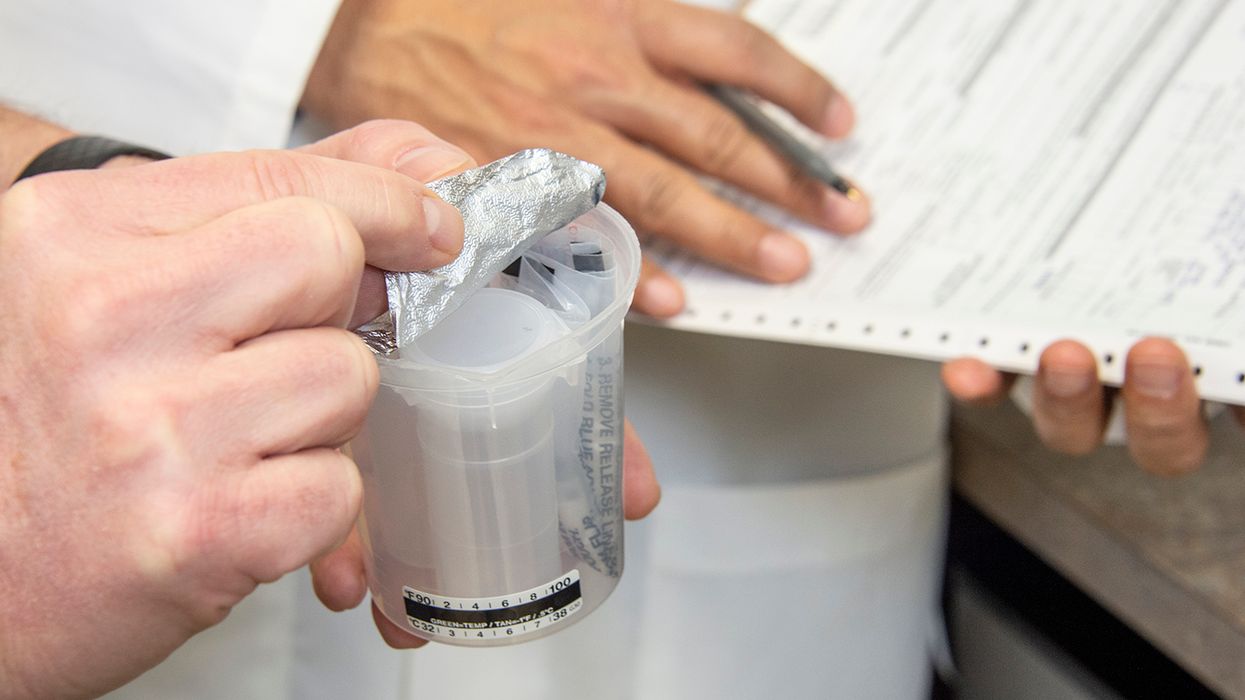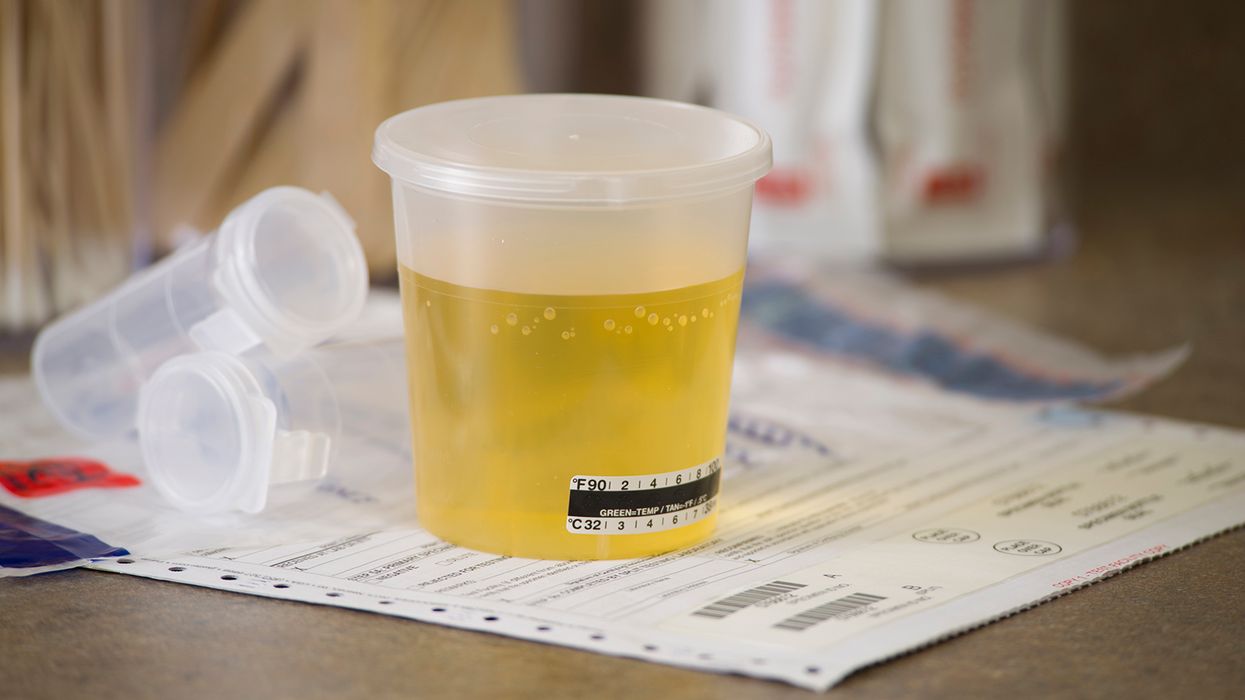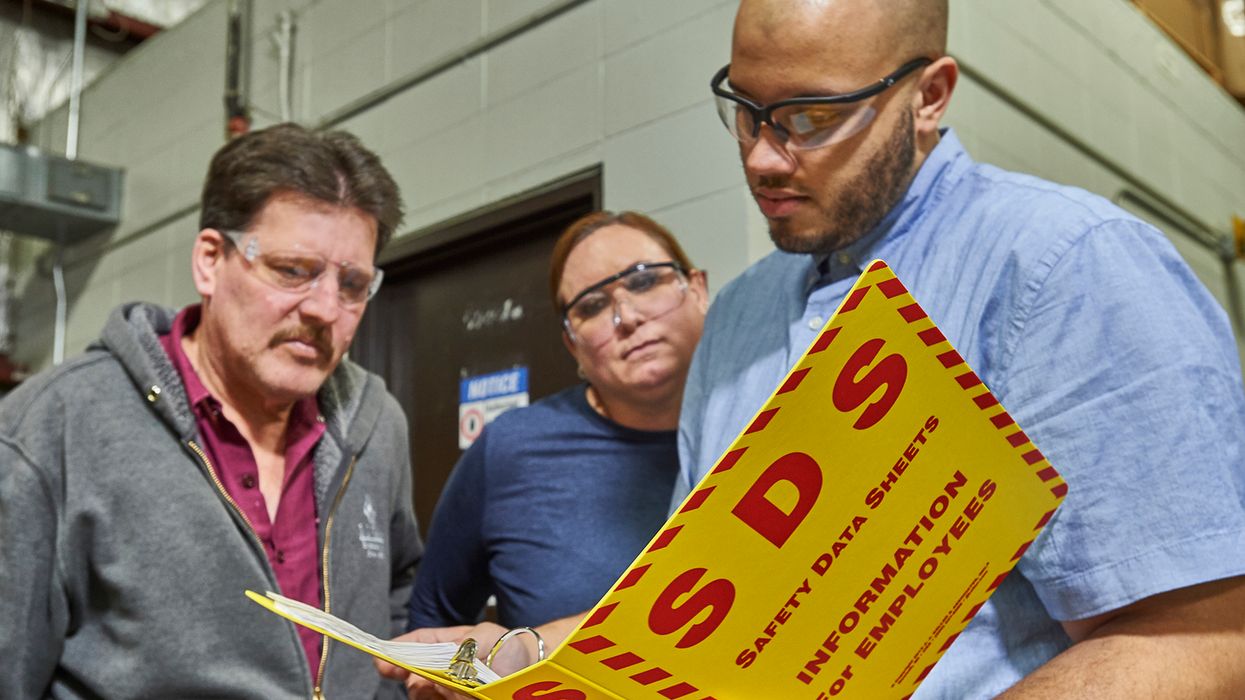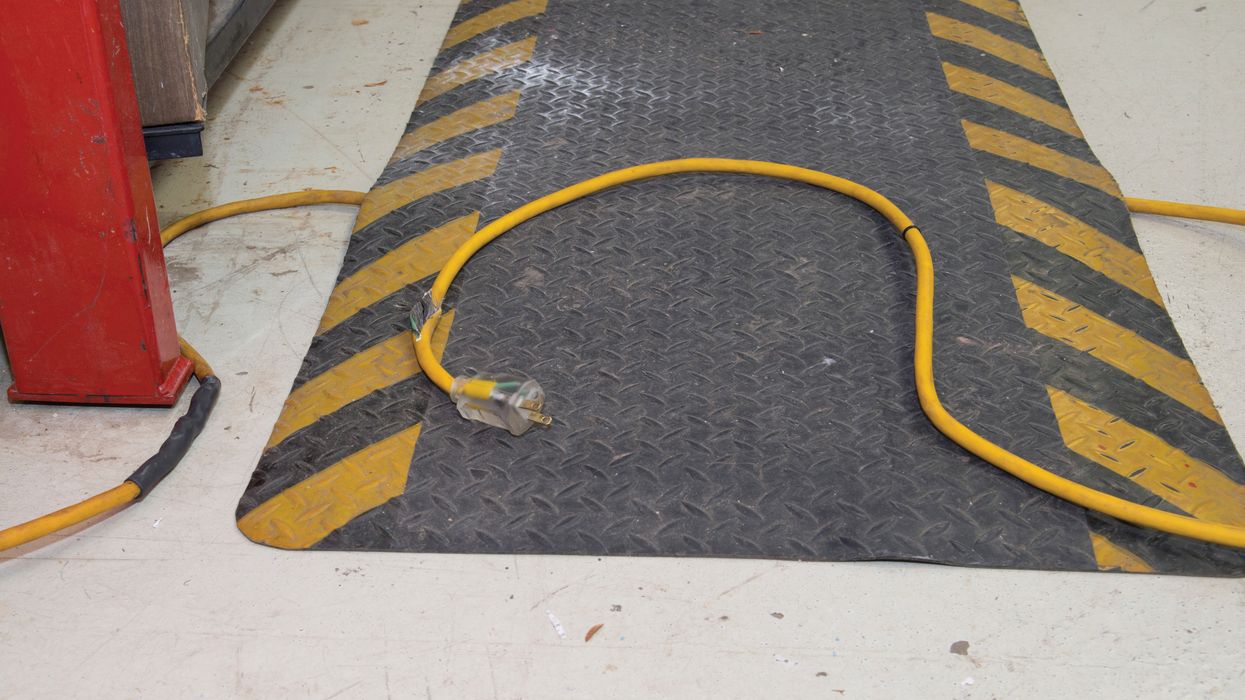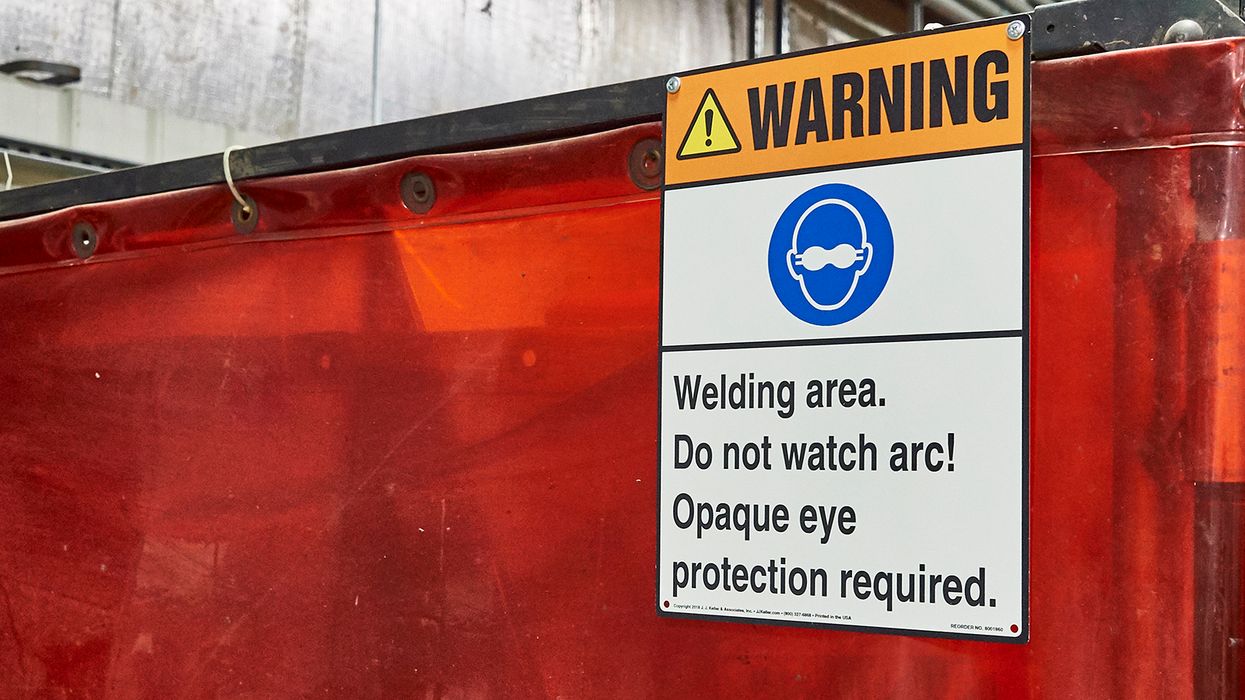What to do if ICE visits your workplace
The federal government’s increased emphasis on immigration enforcement means your workplace could have a surprise visit from Immigration and Customs Enforcement (ICE). The time to prepare for that visit is now.
Agents could be there to conduct an investigation, gather information about specific employees, or do a routine audit. Employers should understand what they must allow and where they can draw the line. While agents can investigate to the extent of their legal ability, there are limits.
Four steps to take now, in case agents arrive
- Designate a spokesperson. Determine who will interact with ICE officials. Make sure someone is available on all shifts, and that there are backups available in case the point person is out for the day.
- Train front-line employees. The receptionist or other workers who greet ICE agents should be trained to remain calm, act professionally, and refer all questions to the designated spokesperson. They should not provide information to agents.
- Clearly designate private areas. Agents can access public areas of your company (such as a lobby, parking lot, or retail shopping area) but need a warrant to enter private areas. Private areas of the workplace should be marked with “employees only” signs.
- Make employees aware of their rights. Employees have the right to remain silent. They can refuse to answer questions and can request an attorney.
How to react during a visit from ICE
When ICE arrives at a workplace, an employer has rights and responsibilities. Take the following steps:
- Ask agents for identification. This may include their names and badge numbers.
- Gather information. Ask to see the warrant, subpoena, or court order that specifies which areas agents can access and what is being investigated.
- Contact your attorney. Your attorney can clarify which information agents are entitled to and where they can go.
- Review documents. ICE agents need to present a judicial warrant to enter areas of your workplace that are not open to the public. A judicial warrant must:
-- Be signed by a judge
-- Specify where agents are permitted to go
-- Include the persons or items to be seized
-- Be dated and issued within the past 10 days
ICE may also have an administrative warrant from the Department of Homeland Security (Form I-200 or I-205). This is not from a court and does not allow ICE agents to enter private areas without permission.
If the visit is for an audit of Forms I-9, ICE will serve the employer a Notice of Inspection before the audit. Employers have at least three business days to produce the Forms I-9 and supporting documents.
Document, document, document
If ICE shows up, make notes on who visited your worksite and when. This includes:
- The day and time
- Agent names badge numbers
- The purpose of the visit
- What agents wore and whether they carried weapons
- Where they went
- What they searched
- What they took
- Who they interacted with
- Any mistreatment of employees
If an employee is arrested, get details. Ask where the employee is being taken. If a search warrant is executed, ask for a copy of the property receipt and search warrant inventory log.
Key to remember: Federal immigration enforcement is ramping up. Take time to understand what you need to do in the event of a visit so you’re not caught unaware when agents arrive on your doorstep.

